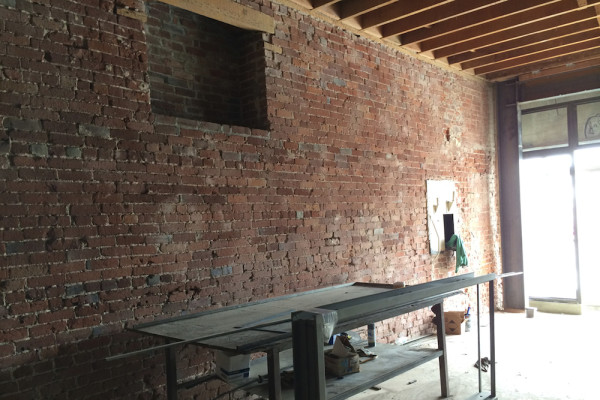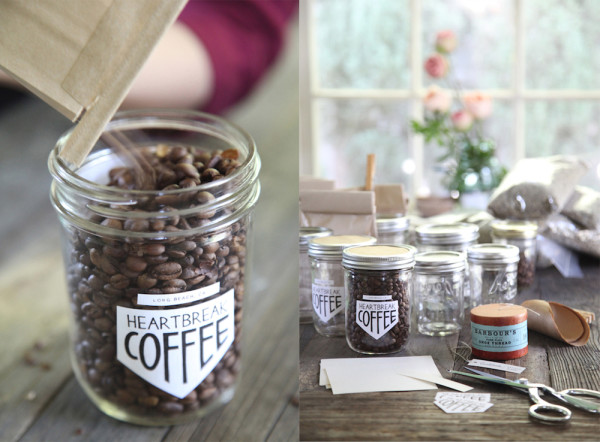Heartbreak Coffee, a Long Beach, Calif.-based nano roastery that has been increasingly busy shipping orders in hand-washed jars with hand-cut labels, is hoping to raise at least $55,000 to move into a commercial roastery and retail space.
Head roaster Gretchen Williams and business partner Michelle Bandach have initial approval from the city to move from a garage into a 1,200-square-foot space on the first floor of a 100-plus-year-old downtown building on Long Beach Ave. We asked Williams, who first caught the coffee bug as a barista in 2008, to discuss the vision for the space and where she sees the seven-month-old business heading:
What kind of roasting equipment are you working with?
We currently are roasting on a mid-90’s Diedrich IR-3 inside our garage. We plan on moving it into the shop, and roasting on it for as long as we can before having to upgrade to a larger one.
You’re moving into a very large, very old building. How’s the build-out going?
The location we are moving into is a historic and beautiful brick building that was erected in 1908, which means over 100 hundred years of upgrades that need to be coded for 2014. It’s not so much complicated as it is tedious. As of this moment, the entire inside has been gutted to its original layout. The brick and ceiling beams have been exposed, and the new concrete floor will go in pretty soon. Oh, and the new storefront entrance should be unveiled any day now. We are really excited about that.
How much of the new space will be roasting and warehousing, and how much will be retail?
We will have about 1,200 square feet for our total roasting and coffee shop space. We are placing our roaster in a visible corner inside the shop, so it will function both as an aesthetic piece of machinery, as well as be our production corner. We want our customers to walk in, grab a cup of coffee and see us roasting.
What are you hoping to achieve in the design?
We are going to shy away from the typical glass/metal “laboratory” style design that is so common in third-wave coffee shops today. We want our space to be unique — exposed brick, old diner bar, indoor strings of café lights, pastries spilling out of bistro-style cake stands, lots of wood tables, and quirky artwork hung on the walls. It’s a little bit gritty, a little bit homey, a tad bistro, and a load of spirit.
Can you talk about how you source your green coffee?
We love Bodhi Leaf Coffee Traders over in Placentia, CA. Nothing beats being able to drive out, talk to them, look at the beans, and come home with a few bags. But I do also source from online places like Coffee Shrub, Café Imports, and Sweet Maria’s. Just depends on what I’m on the hunt for.
What’s going on the bar?
The bar will be long, to accommodate our equipment on one side, and seating on the other. We will have a permanent pourover station, as well as implement batch-brew during morning work rush hours, being that we are in a fast-paced urban downtown area. We’ve had our hearts set on a La Marzocco Strada 2 or 3 group-head for a while now, but we’ve heard and seen some really incredible things coming from Slayer. So that’s a big debate that’s on the table for us right now.
What might the menu look like?
No prepared foods or blended drinks. We want to stay as focused on specialty coffee as we can, without being snobby about it. We will offer staple espresso drinks, as well as special crafted coffee drinks like lattes and cold brews that are spiced up with ingredients sourced from Long Beach urban farms and backyards. We will offer locally baked breads and toast with butter, seasonal jams, chocolate croissants, citrus and fruits, cinnamon-based pastries, and popsicles made with our coffee during the hot, summer months. We really just want to share our favorite ways to experience good coffee with good people in inspiring ways. That’s really what it all it comes down to.
Nick Brown
Nick Brown is the editor of Daily Coffee News by Roast Magazine.









Comment